Table of Contents
When selecting doors and windows, it’s essential to consider both functionality and aesthetics. You want options that not only complement your home’s style but also meet specific needs, such as maximizing natural light or ensuring privacy. Factors like size, material, and energy efficiency can significantly affect both comfort and costs. However, many people overlook the subtle details that can either enhance or diminish the overall look and feel of their spaces.
What key elements should you take into account to strike that perfect balance?
Importance of Functionality
When you’re choosing doors and windows, understanding their functionality is vital for creating a space that works for you. The intended function of each area plays an important role in your selection process.
For instance, think about how you’ll use each room; kitchens often need good airflow, while bathrooms prioritize privacy. This awareness helps you make a practical choice that enhances utility.
Additionally, opting for energy-efficient window materials, such as energy-efficient glazing options, can further improve the functionality of your space by reducing energy costs and enhancing comfort.
You’ll encounter different types of doors and windows, such as sliding or swinging entrance doors, which cater to specific space limitations and usage requirements.
European styles like tilt and turn or casement windows offer versatile functionality, allowing for the best ventilation and easy cleaning.
Another significant factor to think about is energy efficiency. Properly matching window and door functionality with external climate conditions can maximize comfort and lower energy costs.
For example, using low-E glass in extreme temperatures can greatly improve energy efficiency.
Size and Material Considerations
Getting the size and material right for your doors and windows is crucial to achieving a harmonious and functional space. Start by carefully measuring the dimensions of your openings. This guarantees that your new doors and windows complement the room’s layout and usage, enhancing both aesthetics and functionality.
In addition, selecting energy-efficient window types can greatly reduce your utility bills and carbon footprint, making your home more sustainable.
When choosing materials, consider the distinct advantages each option offers. Wood provides a warm, appealing aesthetic but can struggle in humid conditions. Vinyl, on the other hand, is known for its durability and low maintenance, making it a fantastic choice for various applications.
For outward-facing products, select materials that withstand weather elements, guaranteeing long-term performance and security.
Moreover, think about energy efficiency. Some materials provide better insulation than others, which can greatly influence your home’s energy consumption. Proper material selection must also account for environmental factors like temperature fluctuations and exposure to dirt or chemicals, which affect the longevity and functionality of your windows and doors.
Architectural Cohesion
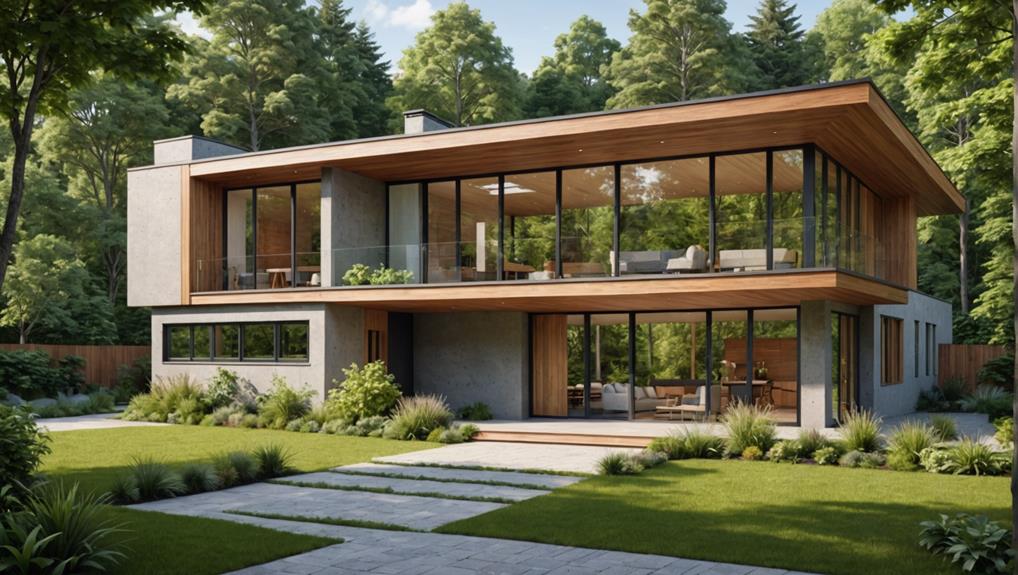
Achieving structural cohesion in your home’s design hinges on the consistent selection of windows and doors that complement each other and the overall structure.
When you choose windows and doors wisely, you not only enhance the aesthetic but also boost your property’s resale value, as new windows can increase home value by 70-85% and improve energy efficiency, potentially reducing heating and cooling costs by up to 30% increase home value.
Here are some key points to reflect on:
- Highlight Design Elements: Select styles that accentuate columns and trims, adding visual appeal to your home.
- Avoid Mismatches: Confirm your doors and windows have a unified appearance, preventing design distractions that can detract from your overall project.
- Maintain a Consistent Color Palette: Colors should harmonize with interior and exterior elements, contributing to architectural cohesion.
Color Selection Strategy
Selecting the right colors for your windows and doors can greatly impact your home’s overall aesthetic, following the design cohesion established by your earlier choices.
While color is essential, it should be considered last in the selection process, as functionality takes precedence over visual impact. A solid color selection strategy begins with traditional color palettes, which offer timeless appeal and guarantee your choices remain stylish for years.
To achieve visual harmony, blend window and door colors with your wall tones instead of opting for stark contrasts that disrupt aesthetics.
Consistency in color across all windows and doors not only enhances the overall aesthetic coherence of your home but also contributes to better resale value.
When choosing colors, think about how they complement both interior and exterior design elements; this creates a more inviting and cohesive atmosphere throughout your space.
Safety and Vendor Selection
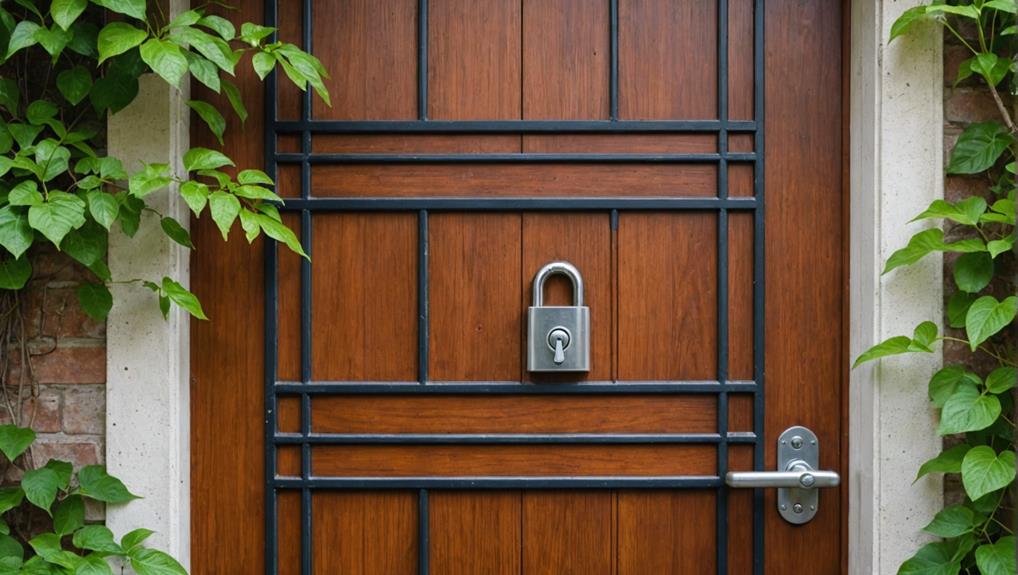
Safety plays an essential role in the decision-making process when it comes to choosing windows and doors for your home. Here are three key aspects to take into account:
- Safety Features: Verify that your chosen windows and doors have fundamental safety features, such as multi-point locking systems and child-proof locks, to enhance your home’s security.
- Vendor Selection: Choose a knowledgeable vendor who can guide you on safety features and installation requirements. Make certain they’ve the necessary credentials, licenses, and insurance to protect you from potential liabilities during installation.
- Maintenance Checks and Warranties: Regular maintenance checks on safety features, like locks and seals, are important for their effectiveness. Additionally, request warranties that cover both materials and installation services to safeguard your investment.
Climate Considerations
When it comes to choosing windows and doors, climate plays an essential role in ensuring energy efficiency and comfort in your home.
If you live in an area with extreme temperatures, consider investing in low-E glass. This type of glass minimizes heat transfer, keeping your home cooler in the summer and warmer in the winter.
In milder climates, triple-paned windows provide excellent insulation, helping you cut down on energy costs.
Proper sealing and insulation around your windows and doors are fundamental for ideal heating and cooling efficiency. Gaps can lead to drafts, causing your HVAC system to work harder and increasing your energy bills.
For homeowners in regions with high rainfall, select durable materials like fiberglass. These materials not only resist moisture damage but also offer superior thermal performance.
Home Style Compatibility
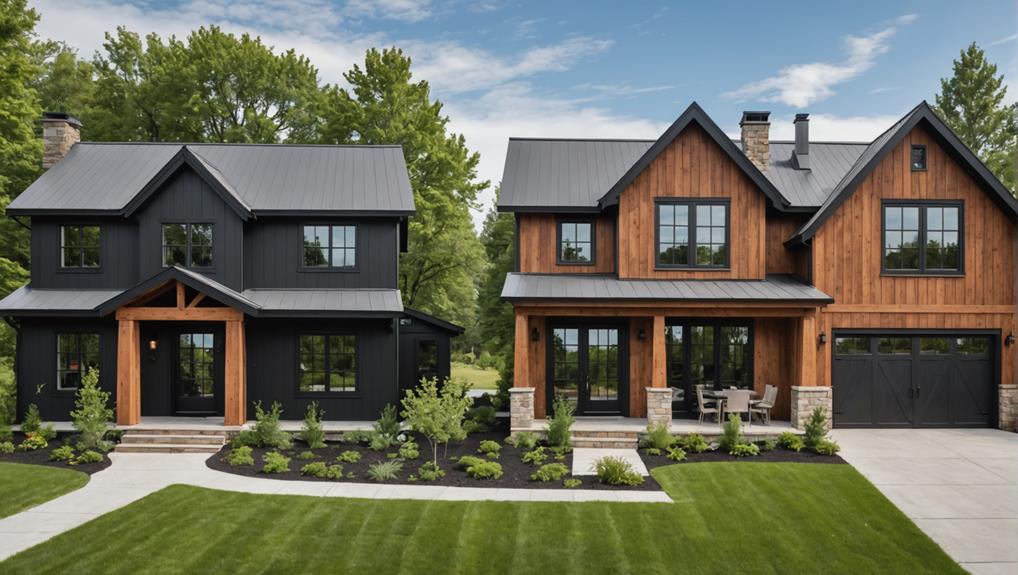
To secure your home’s windows and doors and enhance its overall aesthetic, it’s vital to contemplate your property’s design style. Achieving home style compatibility is imperative for maintaining visual harmony.
Here are three key considerations:
- Match Window and Door Styles: Traditional homes often benefit from double-hung or casement windows, while modern designs may thrive with large display windows. Choose styles that align with your architectural theme.
- Color Schemes: Ascertain your window and door colors harmonize with your home’s interior and exterior palettes. Sticking to traditional colors can provide a timeless appeal that complements various home styles.
- Research Local Trends: Investigate local architectural trends for observations on the most compatible window and door styles. This can help you enhance your home’s character and charm while maintaining a cohesive look.
Maintaining consistency in window and door styles across your property is vital for architectural cohesion.
Mixing styles can be acceptable, but make sure you keep a consistent finish and color for visual harmony.
Energy Efficiency Benefits
Choosing the right windows and doors not only enhances your home’s aesthetic but also plays a considerable role in energy efficiency. By opting for energy-efficient windows and doors, you can greatly reduce your heating and cooling costs. These products minimize air leakage and improve insulation, potentially saving you up to 15% on your energy bills annually.
When selecting windows, pay attention to U-values, which measure heat loss. The lower the U-value, the better the thermal performance, helping you maintain comfortable indoor temperatures.
Additionally, consider the Solar Heat Gain Coefficient (SHGC), which indicates how much solar radiation enters through the window. Lower SHGC values are ideal for warmer climates, as they help reduce cooling costs.
Look for Energy Star-rated windows, which meet strict energy efficiency guidelines set by the U.S. Environmental Protection Agency (EPA). These windows guarantee peak performance and savings over their lifespan.
Incorporating double or triple-paned windows filled with argon or krypton gas can further enhance insulation properties, creating a more comfortable home environment.
Timeless Style Selection
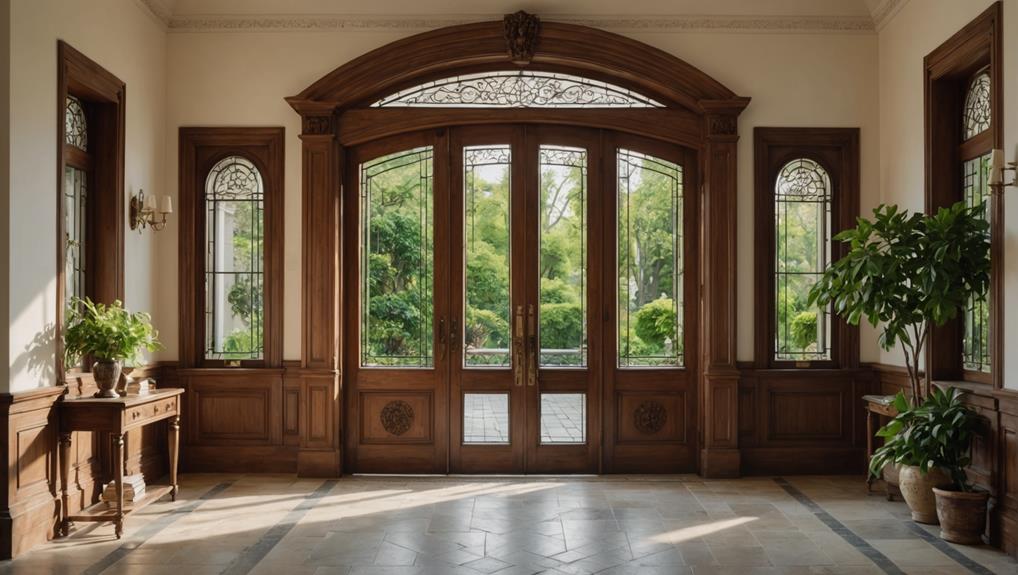
Selecting doors and windows that embody timeless style is essential for creating a home that not only looks great today but also remains appealing for years to come.
To achieve this, consider the following key factors:
- Durable Materials: Opt for fiberglass or wood-clad options that enhance both longevity and aesthetic value.
- Personal Taste: Choose styles that resonate with you and reflect your preferences while harmonizing with your home’s design style.
- Color Palette: A well-chosen palette, especially traditional colors, can create a lasting visual impact, making your selections timeless.
When you focus on timeless styles, you avoid the pitfalls of fleeting design trends. This approach allows you to create a cohesive appearance throughout your home.
Additionally, high-quality designs not only uplift your living space but also increase your home’s resale value. Buyers often prefer enduring styles over contemporary fads, so investing wisely now pays off later.
Cleaning and Maintenance Tips
Keeping your doors and windows in top shape is essential for maintaining both their appearance and functionality. Start by regularly cleaning window and door surfaces with a mild detergent and water. Avoid using abrasive materials to prevent scratches.
It’s also wise to inspect and clean window tracks and hinges at least twice a year to guarantee smooth operation. Lubricate moving parts with silicone spray for enhanced performance.
For vinyl and fiberglass windows, a vinegar and water mixture works wonders for cleaning without damaging the material. If you have wooden frames, opt for wood-specific cleaners to avoid moisture damage.
Don’t overlook maintenance! Schedule annual checks for seals and weather stripping. Detecting wear and tear early can prevent energy loss, so replace them promptly to uphold efficiency.
Keep glass surfaces clear of debris, and use a squeegee after washing to avoid streaks. This practice helps confirm that the insulation properties of double or triple-paned windows remain effective, preventing moisture build-up between the panes.

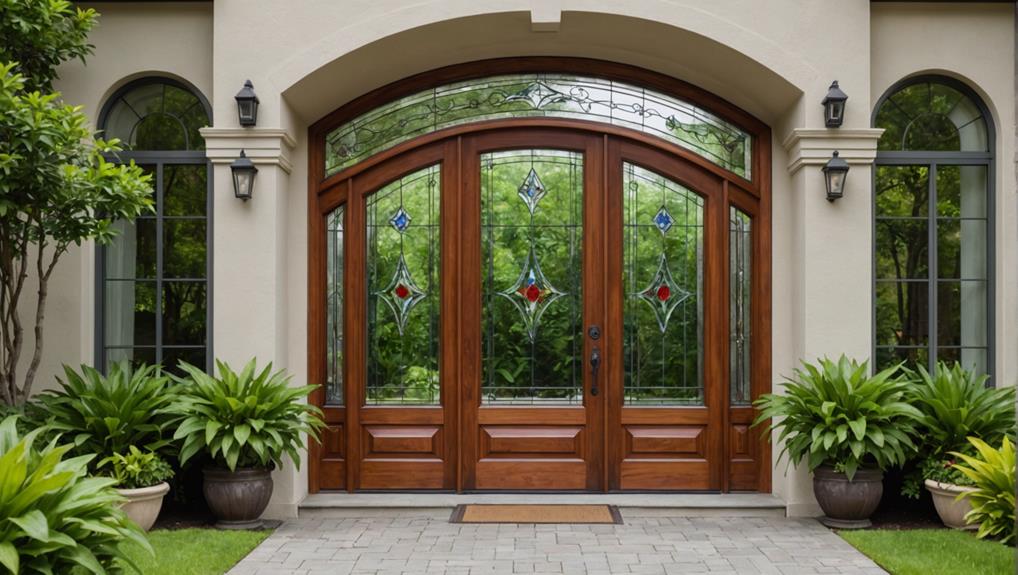
Leave a Reply